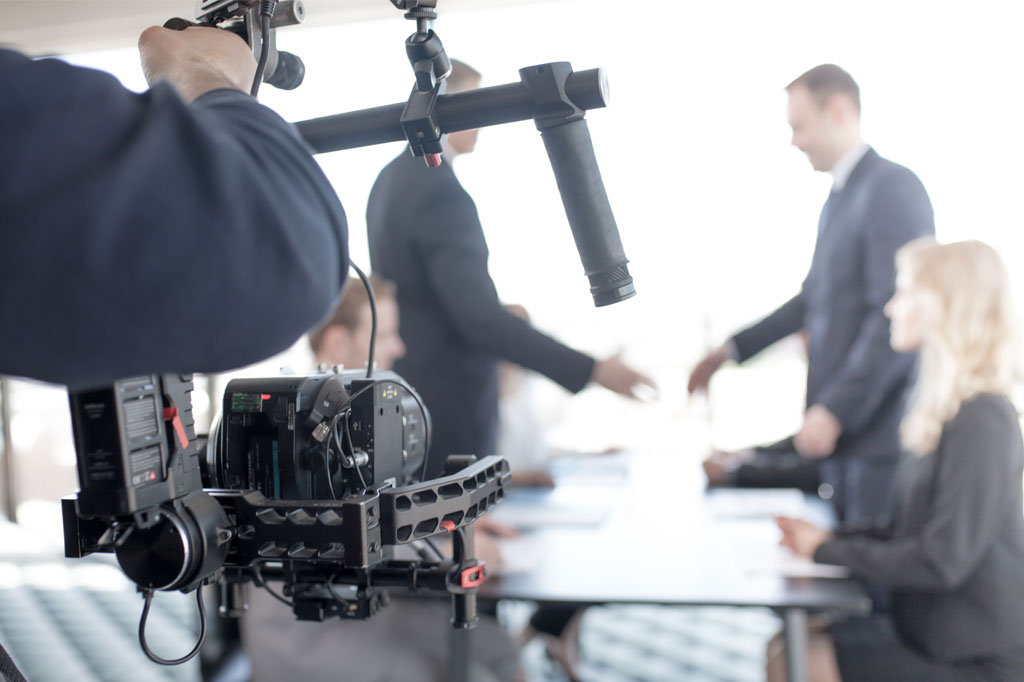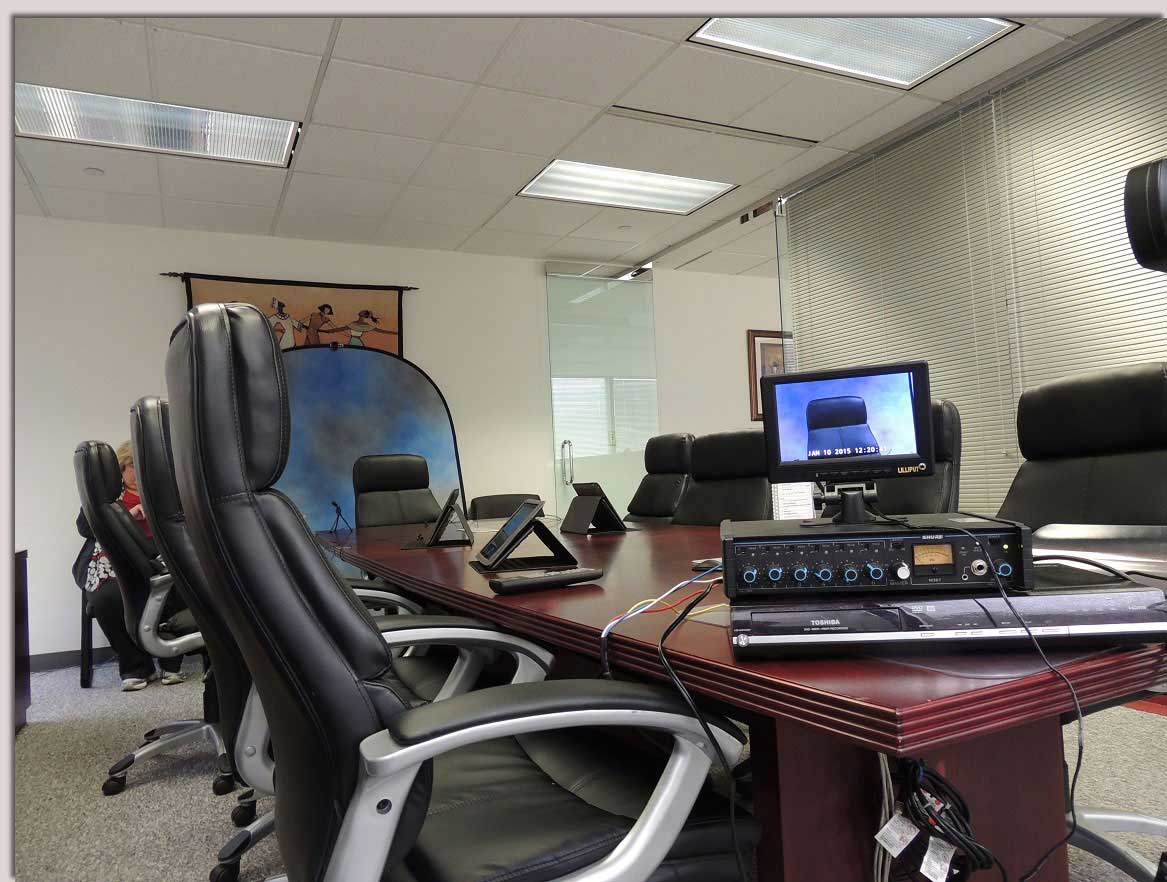How Legal Videography Can Make or Break Your Legal Method
How Legal Videography Can Make or Break Your Legal Method
Blog Article
Exploring the Systems of Legal Videography: Unveiling Its Operation in Safeguarding Genuine Visual Testimony for Judicial Procedures
In the world of judicial procedures, the role of legal videography stands as a keystone in maintaining and providing visual proof. As modern technology remains to breakthrough, the mechanisms behind lawful videography have become progressively complex, offering an important layer of credibility to statements captured on video. By delving right into the operational ins and outs of legal videography, one can reveal the thorough processes that secure the honesty of aesthetic proof presented in courts - Legal Videography. This exploration not just clarifies the historical advancement of lawful videography yet additionally means the future fads that might even more change how aesthetic testimonies are supported in the world of justice.
Historic Evolution of Lawful Videography
Checking out the historical progression of lawful videography exposes a significant change in the catching and discussion of visual evidence within the lawful landscape. In the past, legal process greatly depended on created records and pictures to document occasions and give proof. With the advent of video clip modern technology, the legal industry saw a paradigm shift in exactly how aesthetic statement was captured and provided.
The evolution of lawful videography can be traced back to the late 20th century when improvements in video clip recording tools made it much more easily accessible for use in court rooms. This technical development not only enhanced the accuracy and reliability of visual proof yet additionally transformed the way situations existed to courts and judges (Legal Videography). Attorneys started to identify the persuasive power of video clip recordings in conveying feelings, nuances, and non-verbal hints that written pictures or transcripts alone might not capture properly
Technology Developments in Video Paperwork
What vital technological advancements have transformed video clip paperwork in the lawful field? The lawful field has actually seen considerable advancements in video paperwork technology that have actually enhanced the credibility and reliability of aesthetic evidence in judicial process.
Furthermore, innovations in video clip security and watermarking technologies have actually strengthened the safety and tamper-proof nature of video proof, guarding it against unapproved modifications or tampering. Moreover, the advent of cloud storage options and remote gain access to capacities has streamlined the storage space, retrieval, and sharing of video proof, assisting in seamless partnership amongst lawful experts and making sure efficient access to important visual statements when required. These technological advancements in video clip paperwork have certainly transformed the lawful area, improving the precision, credibility, and admissibility of aesthetic evidence in judicial proceedings.
Role of Lawful Videographers in Court Room Settings
The evolution of video clip paperwork modern technology in the legal field has actually necessitated an essential duty for legal videographers in court setups, making sure the integrity and integrity of aesthetic testimonies offered throughout judicial proceedings. Legal videographers play a fundamental duty in catching and protecting exact visual proof that can be essential in court instances. Their responsibility includes setting up devices, recording procedures, and producing top notch videos that accurately reflect the events in the courtroom.
In court setups, legal videographers must stick to stringent guidelines and criteria to maintain the authenticity of the aesthetic record. They need to possess an eager eye for information and an extensive understanding of legal procedures to make certain that the video they capture is a real depiction of the occasions that took place. Additionally, lawful videographers typically work very closely with legal teams to make sure that the video proof aligns with the situation's requirements look at here and can be effectively provided in court to support the legal debates being made. On the whole, the duty of legal videographers in court room settings is vital in promoting the principles of justice and making sure the openness of legal process.

Ensuring Admissibility and Stability of Video Clip Proof
To maintain the credibility of visual proof provided in legal process, ensuring the admissibility and honesty of video clip proof is a critical duty for legal videographers. Admissibility describes the approval of evidence by the court, and for video clip proof to be acceptable, it needs to fulfill specific standards. Legal videographers play an essential function in making sure that the video clips they capture adhere to the rules of proof, such Click Here as relevance, integrity, and authenticity.
Stability of video clip evidence includes maintaining the creativity and accuracy of the video from the time it is tape-recorded up until it exists in court. This includes safely keeping the video documents, recording the chain of guardianship, and avoiding any kind of tampering or alterations. Legal videographers should follow strict protocols to assure the integrity of the video evidence and prevent any challenges to its credibility.
Future Trends in Legal Videography
Provided the enhancing dependence on innovation in lawful proceedings, legal videographers are positioned to accept ingenious advancements shaping the future of aesthetic statement capture and presentation. Among the popular fads coming up is the combination of digital reality (VR) and enhanced fact (AR) technologies into lawful videography. These modern technologies have the potential to change just how aesthetic proof is provided in courtrooms, permitting juries and courts to submerse themselves in the scene of the crime or event.
In addition, making use of artificial knowledge (AI) formulas for video clip evaluation is expected to enhance the procedure of assessing and examining large amounts of video footage. AI can assist in recognizing vital moments, anomalies, and patterns within video clips, boosting the effectiveness of legal examinations.

Conclusion
Finally, legal videography has played an important role in offering authentic aesthetic proof for judicial procedures. Through technical developments and the proficiency of legal videographers, the stability and admissibility of video clip proof are made sure in court setups. As lawful videography continues to develop, it will be necessary to maintain requirements that maintain the precision and reliability of visual statement for the future of legal process.
Examining the historic development of lawful videography reveals a significant makeover in the capturing and discussion of aesthetic proof within the legal landscape.The development of video documentation modern technology in the legal field has required an essential function for lawful videographers in court room settings, making sure the stability and integrity of visual testaments provided throughout judicial process. Furthermore, lawful videographers typically work closely with legal groups to make certain that the video clip evidence straightens with the instance's needs and can be successfully provided in court to sustain the lawful debates being made.To keep the trustworthiness of aesthetic proof provided in lawful process, making sure the admissibility and honesty of video clip evidence is a critical obligation for lawful videographers. As lawful videography continues to progress, it will certainly be vital to support standards that maintain the precision and integrity of visual testament for the future of lawful process.
Report this page